11 Dec 2023
How to Prepare for a Personal Training Interview
Preparing for an interview as a fitness professional can be daunting and confusing at times.
Some of the questions running through your head may include what should I wear? How should I act? What questions will I be asked? Will I need to train anyone?
Recruiters often see many fitness professionals jeopardise their chance at landing their dream job because of something simple like missing a digit from their mobile number or addressing their application to the wrong company.
By following these simple tips, you will give yourself the best possible chance at securing the career you’re looking for.
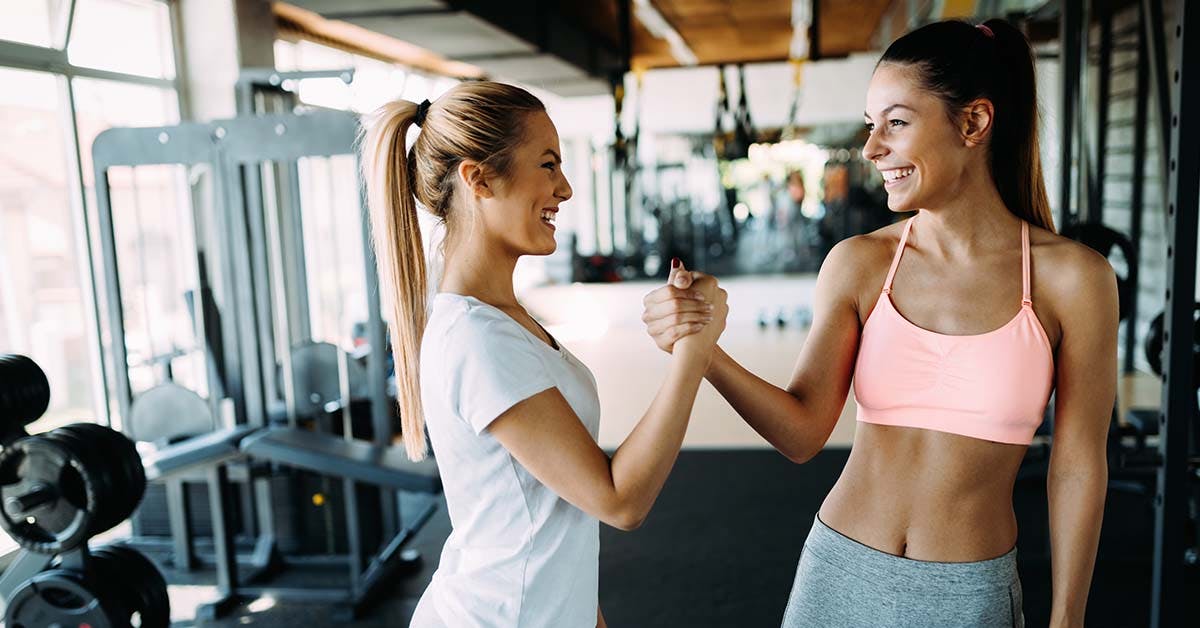
How to Find the Right Employer
Finding your dream job as a Personal Trainer isn’t about casting a wide net with your resume and applying to every fitness centre in your local area.
If you want to find a long-lasting job with like-minded people in an environment that you love, it’s important to make sure the gym lines up with your values and your training style. Some fitness centres might be more focused towards powerlifting or women’s fitness, others might have a huge focus on group training. Some gyms play pop music, others play loud electronic music.
At the end of the day, it’s all up to personal preference, and you’ve got to choose somewhere you’ll feel comfortable and welcomed, and somewhere you’re going to be able to provide the type of training you’re passionate about.
Where to Find Personal Trainer Job Opportunities
Keep in mind that not all opportunities are advertised on recruitment sites. Be proactive and contact the employer you wish to work for. Ask if there are any current or upcoming opportunities, even if it’s just work experience. Work experience is a great way to get your foot in the door and to get noticed!
Many employers also google potential recruits or search social media. Before sending an application, ensure you Google yourself (including Google images) and have a look at what image you are portraying on your social media platforms.
How to Land a Personal Trainer Interview
The first step to landing an interview is having a killer resume! Your contact details and a short bio is not enough to grab the attention of a potential employer.
Your resume should look professional and include only relevant information. Keep your resume to 2 pages and review it at least twice before submitting your application. Ensure you have a great cover letter that hits some of the key criteria of the role, correct contact details and job history starting with your most recent position – even if you were self-employed.
Make it easy for a potential employer to find the information they’re looking for — i.e. contact details, industry-relevant qualifications and experience. Potential employers don’t care if you won first place at Little Athletics when you were 12 years old, or if you love chocolate, can deadlift 200kg or have 10k+ followers on Instagram. Keep the information relevant to the role you are applying for and ensure it’s current.
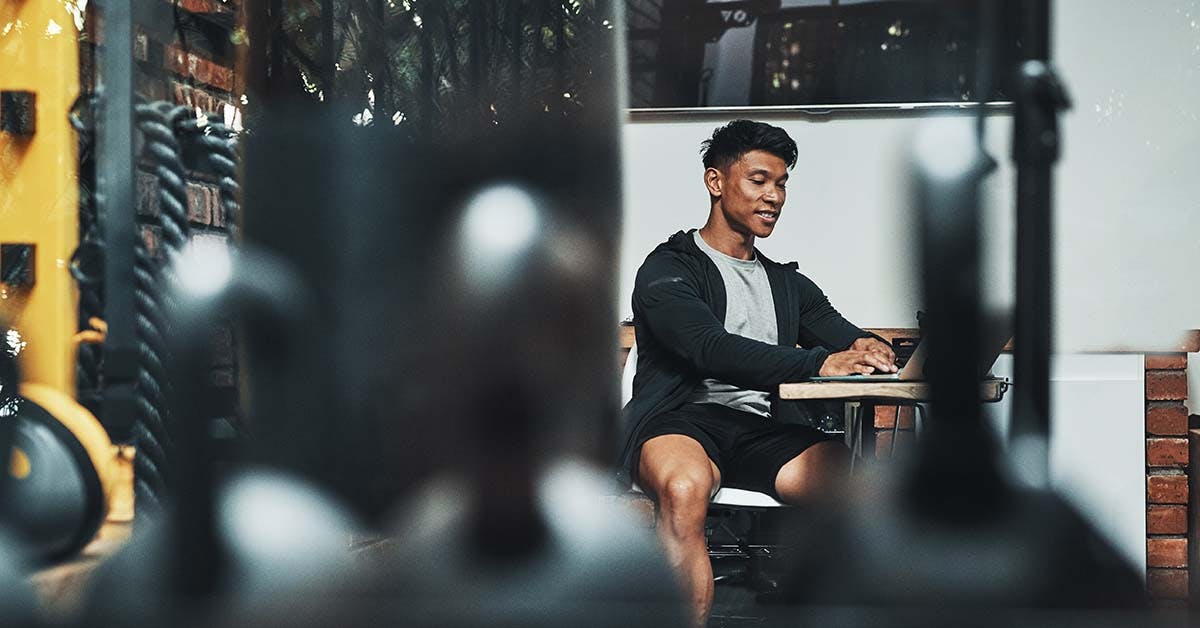
How to Prepare for Your Interview
Dress to impress
Should you wear smart casual or workout gear to a fitness industry interview? When in doubt, always dress to impress! Wearing smart attire shows that you are serious about the role, and you’re bound to earn brownie points. Always ask what your interview will involve, ensuring you’re thoroughly prepared. And if you’re unsure which direction to go with your wardrobe, this is the best time to ask the hiring manager the question. Also, be prepared for the possibility of a physical component in a second interview, so ensure you take your best workout gear with you – clean, modest, hole-free, and sweat-free.
Know what we’re looking for
In the fitness industry, we can teach you how to train clients, but there are just some things we can’t teach. These include ethics, morals, values, personality, people skills, emotional intelligence, etiquette, passion and a will to succeed. This is usually what fitness recruiters are looking for in an interview. First impressions are crucial. Always arrive early, make eye contact, and have a firm, confident handshake and smile.
Do your research
One of the most overlooked Personal Trainer interview tips: before even submitting an application, do your research on the company and the role you are applying for. Start by visiting their website, follow them on social media and ensure you visit the facility in person. Be familiar with their brand, programs and services. This will give you a significant advantage in the recruitment process and in the interview.
Prepare your documents ahead of time
When you turn up to the interview, it’s not just your words that the manager will be looking out for, but your actions. Being prepared with hard copies of all your documents, including your resume and any qualifications, will help to show that you’re organised and reliable. Also, bring anything else that the potential employer would be interested in (e.g. a link to your blog) and 2 references. It’s a small gesture that’ll make it easier for the manager to refer to during your interview, all while making a great impression.
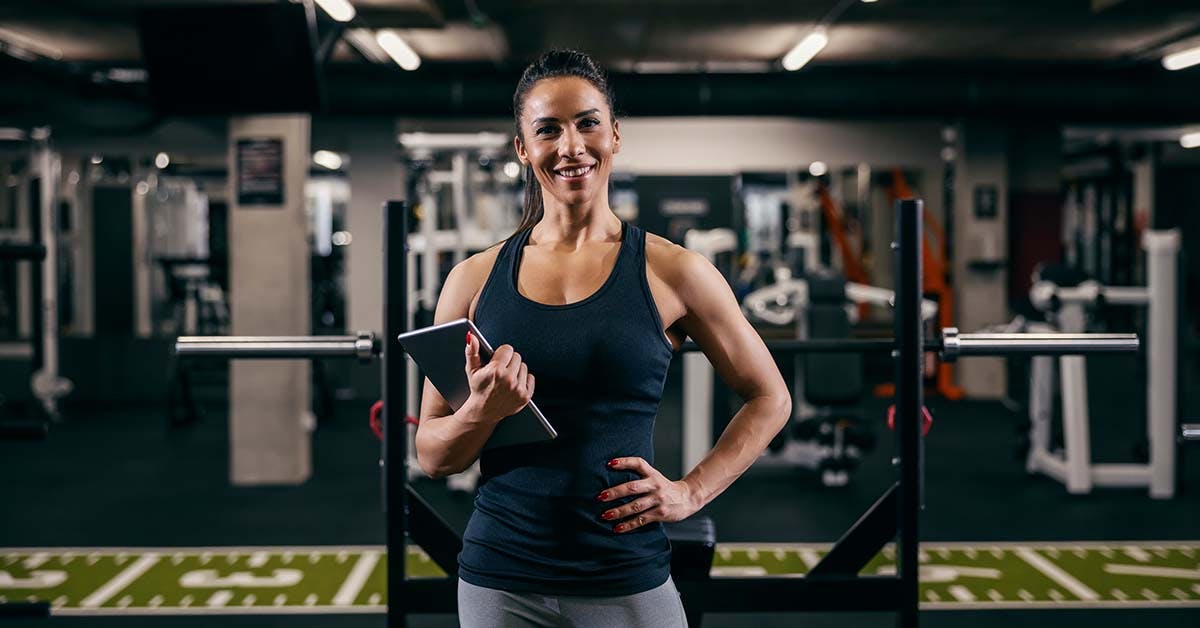
Practise common Personal Trainer interview questions
If you want to act naturally and confidently during your interview, the best way to do that is to prepare your answers to your questions and prepare them well. The idea is not to memorise your answers word for word, but to at least have an idea of how you might choose to respond. Without preparation, even the best of us can stumble over our words and fail to give an accurate impression of who we really are.
Some common Personal Trainer interview questions include:
1. Can you tell us about your experience as a Personal Trainer?
You don’t need to give your life story in this one, and if you’re just starting out, don’t be afraid to just let them know — just talk about how excited you are to get started, and your practical experience throughout your course.
Example answer: Absolutely! Three years ago, I earned my Certificate IV in Fitness with AIPT, which has equipped me with a solid foundation in anatomy, physiology, and exercise science. Since then, I've been working as a certified Personal Trainer at [workplace]. During this time, I've had the privilege of working with a diverse range of clients, each with unique fitness goals and challenges.
2. What qualifications do you hold, and how do they contribute to your role as a Personal Trainer?
Explain your qualification/s and some of the things you learned while you were studying, and how you apply them at work every day.
Example answer: I have a Certificate III and Certificate IV in Fitness from AIPT. There I was able to really refine the way I deliver client health and fitness assessments, and I particularly enjoyed the units in motivational psychology. They helped me unlock a whole new level when it comes to encouraging my clients to achieve their fitness goals.
3. How do you assess a client's fitness level and set realistic goals for them?
Think about the process that you use and the things you like to take into account when you first meet a client.
Example answer: I start with a thorough initial assessment, including fitness tests (you may name some fitness tests here), and discussions about health history and goals. I use this information to create personalised, achievable goals that align with my client's aspirations and fitness level.
4. Can you share a success story where a client achieved significant results under your guidance?
Think about a time when you made an impact on a client. Even if they simply reported a change in their mood or a boost in energy levels, that’s a huge win!
Example answer: One success that stuck with me was when a client lost ten kilograms in three months through a balanced, steady approach of tailored workouts and nutritional guidance. Regular progress assessments and open communication were the things that kept their motivation going, and they’ve told me that going to the gym is now the best part of their day.
5. How do you adapt your training style to accommodate clients with different fitness levels and goals?
How do you empathise with your clients who are just starting out, or have unique goals? What kinds of things do you take into consideration?
Example answer: I tailor my training to individual needs, adjusting intensity, exercises, and pace to accommodate different fitness levels and goals. I choose exercises that target their specific goals, and I always watch to see whether they’re being challenged too much or not enough during our sessions.
Explore our courses online today or call us on 1300 616 180 for more information.
Related Articles
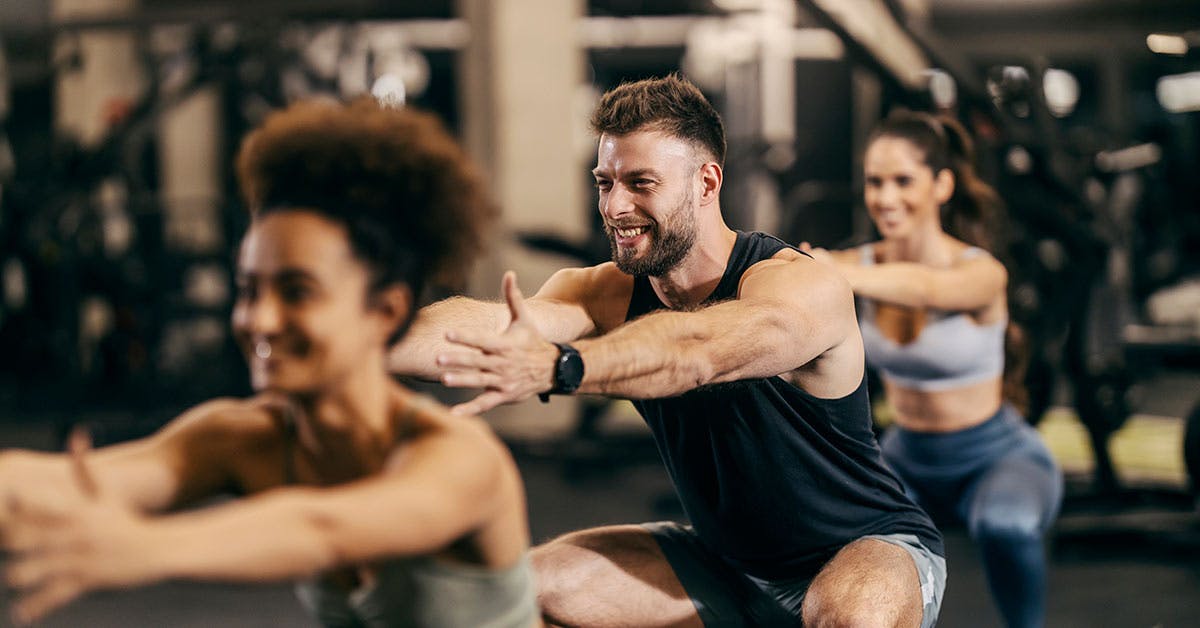
Maximise the Rest of 2025 With Your Fitness Career
Finish 2025 strong. Learn how personal trainers can grow their fitness career, attract more clients and upskill before the final campus intake closes.

Career Opportunities in Fitness: Which Path is Right for You?
Explore career opportunities in fitness. Discover roles, salaries, and training pathways to start your health and fitness career today.
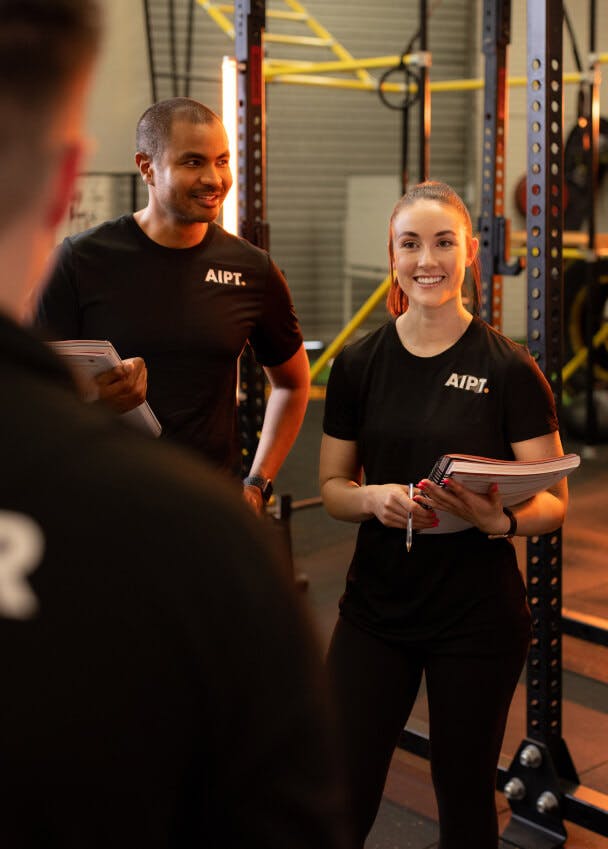
Industry Supplier
Proud member of

© Australian Institute of Personal Trainers | RTO Number 32363
